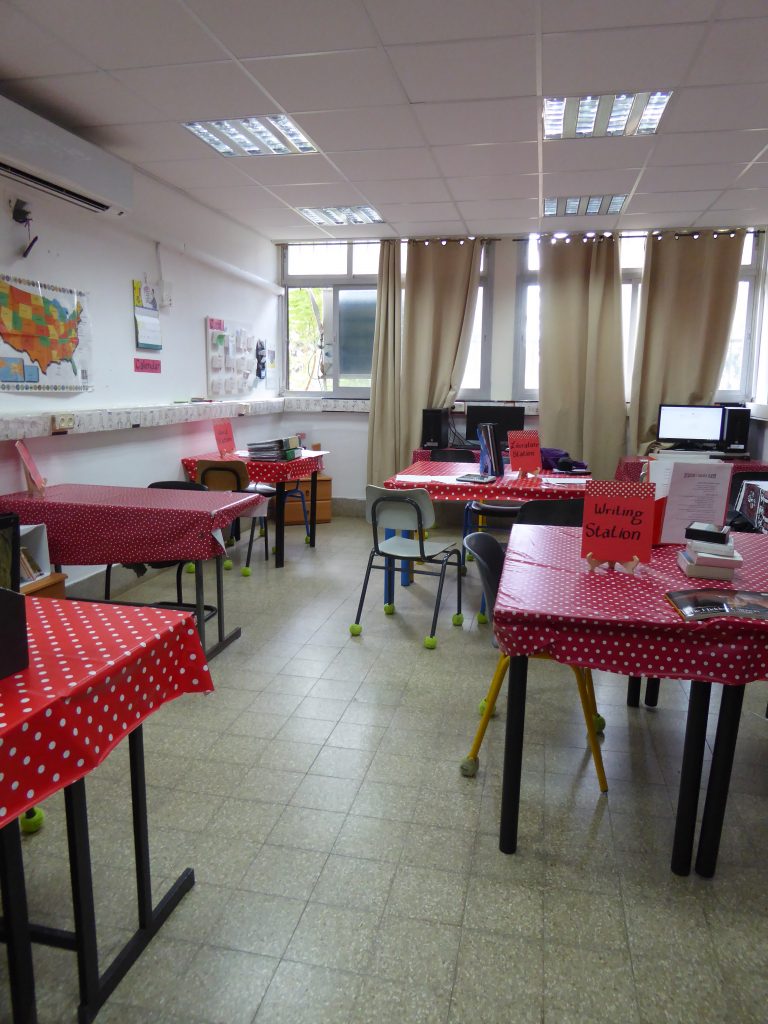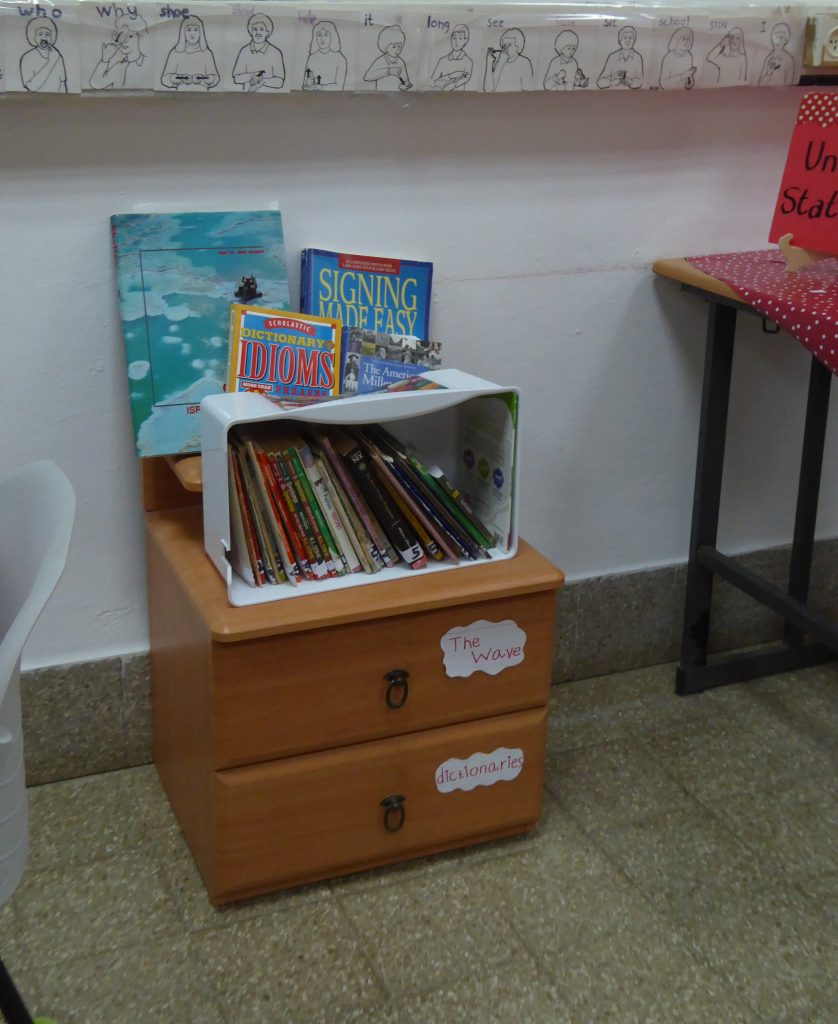
Meeting a new class of students is somewhat similar to Forrest Gump’s proverbial box of chocolates – you never know quite what you are going to get, or rather, who you are going to meet! Each child in every class is special, and has their own style of learning. While teaching them English as a foreign language is a challenge in itself, it is one that you are well acquainted with. However, what happens when you also have a child with a hearing loss in your English class? This needn’t be daunting, with a little knowledge and goodwill you can help such a student go a long way!
Knowledge is Power – for the teacher!
Each child with a hearing loss is, naturally, different. Not only do they differ in individual ability and personality, the degree of hearing loss varies greatly. Some children have a mild hearing loss while others have a severe loss. Some depend mainly on their hearing (and hearing aids) to understand speech while others rely heavily on what is known as ‘lip reading’. In addition, the hearing loss may be less severe in one ear compared to the other, with implications regarding preferred seating in the classroom.

Therefore, gathering information about the student’s hearing loss, from the student and from his homeroom teacher is always the place to begin.
Lip reading in a foreign language – a ‘Catch 22’ type of situation
The term ‘lip reading’ is actually a misnomer – it’s inaccurate. What people who can lip-read actually do is message read because unfortunately, eyes can’t take the place of ears.
Sounds such as /x/ /k/ /g/ cannot be seen on the lips at all, while other sounds, such as /n/ /t/ /d/ are indistinguishable from one another.
On the basis of their knowledge of the language, the lip reader fills in the visual gaps, using situational and contextual clues.
When a student with a hearing loss begins studying English, they face the following situation:
The student:
Cannot hear/see all the sounds teacher is saying
SO
Needs knowledge of the language to fill in the gaps
BUT
Lacks the necessary knowledge of the new language
AND
Has trouble acquiring the necessary knowledge
BECAUSE
Cannot hear/see all the sounds teacher is saying
CONCLUSION: The pupil with a hearing loss must learn to read English at a very early stage. Through reading, the pupil is exposed to the language in the most complete manner.

Tips to implement in your EFL classroom
Not Under Your Nose!
It is a common mistake to seat a student with a hearing problem right ‘under the teacher’s nose’ – in the center of the front row. Unfortunately, a good view of the teacher’s nose is not particularly helpful …
When the student is seated too close, they do not have a suitable angle of the teacher’s face for the so called ‘lip-reading’ . In addition, if the student is in the middle of the front row, they will find it difficult to locate and watch the face of any students who may be participating in the lesson, as most of the class are behind them.
It is recommended that the student sit at the side of the class, near the front (second row). This enables the student to get a good view of the teacher’s face while being able to easily turn in their seat to see most of their classmates.
TIP: If the class is small and there are no rows, it is best to arrange the chairs in a semicircle.
NOTE: It is important to make sure there is no glare of sun from the window shining on the teacher’s face. The student should sit on the side of the classroom that is not disturbed by the sunlight masking the teacher’s lips and face. However, teachers should check with their students. Sometime a student hears better in one ear and wishes to sit with the better ear in the direction of the teacher.
Talking to the student about what makes them feel more comfortable is always recommended!
The SECRET Signal
It is a common situation in EFL classrooms for a teacher to move seamlessly between English and mother tongue, and then back again. Since ‘lip reading’ is actually ‘message reading’, such switches cause some difficulties for a student with a hearing loss. Until the student realises which ‘message reading’ skills they should be applying, words or even sentences have been missed.
A simple, almost imperceptible hand signal can be helpful in such situations. A movement that only the student and the teacher know about. For example, the teacher places their left arm close to her body and makes a fluttering movement with the fingers for a second or two. That could signify moving to English. The same movement on the right hand side of the body could signify the switch to mother tongue.


